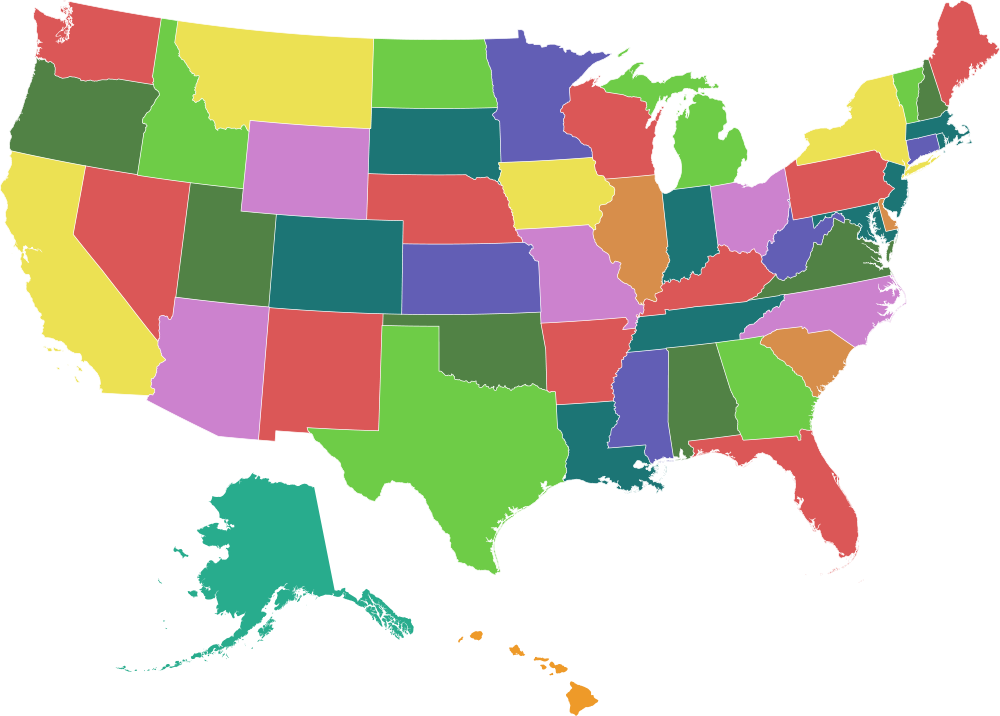
Your Dose of Cannabis Education

Your Dose of Cannabis Education
Only have a minute but want to Learn something every day™? Sign up to receive Your Dose of Cannabis Education, bringing featured content from our course library right to your inbox each day.
Your Dose of Cannabis Education is based on data from the studies and reviews published in the current peer-reviewed medical journals. Whether you are a healthcare provider, patient, caregiver, an individual working in the healthcare sector, or just a curious person, you can benefit from Your Dose of Cannabis Education.
Wake up every morning and get your dose of unbiased evidence-based cannabis education!

 The half life of CBD is 18-32 hours, which is similar to the half life of THC of 20-30 hours. Both CBD and THC are distributed to fatty tissues and highly perfused organs such as brain, heart, lung, and liver.
The half life of CBD is 18-32 hours, which is similar to the half life of THC of 20-30 hours. Both CBD and THC are distributed to fatty tissues and highly perfused organs such as brain, heart, lung, and liver.
 Yes. "Consumers and healthcare providers can report adverse events associated with cannabis or cannabis-derived products via the FDA’s MedWatch reporting system, either on the FDA website (MedWatch: The FDA Safety Information and Adverse Event Reporting Program webpage) or by phone at 1-800-FDA-1088."
Yes. "Consumers and healthcare providers can report adverse events associated with cannabis or cannabis-derived products via the FDA’s MedWatch reporting system, either on the FDA website (MedWatch: The FDA Safety Information and Adverse Event Reporting Program webpage) or by phone at 1-800-FDA-1088." 
 Yes. "In vitro studies have demonstrated greater than 50% inhibition of CYP2C19 at [CBD] concentrations that would result from use of typical CBD doses of 300 mg to 1,500 mg per day. Because CBD inhibits CYP2C19 at clinically relevant concentrations, this interaction may compromise clopidogrel’s antiplatelet activity, thereby increasing risk for CV (cardiovascular) events. It may be beneficial to consider close monitoring of signs and symptoms of diminished clopidogrel activity or consider an alternative agent such as prasugrel or ticagrelor, which do not rely on CYP2C19 for activation, particularly in those who have undergone recent deployment of drug-eluting stents."
Yes. "In vitro studies have demonstrated greater than 50% inhibition of CYP2C19 at [CBD] concentrations that would result from use of typical CBD doses of 300 mg to 1,500 mg per day. Because CBD inhibits CYP2C19 at clinically relevant concentrations, this interaction may compromise clopidogrel’s antiplatelet activity, thereby increasing risk for CV (cardiovascular) events. It may be beneficial to consider close monitoring of signs and symptoms of diminished clopidogrel activity or consider an alternative agent such as prasugrel or ticagrelor, which do not rely on CYP2C19 for activation, particularly in those who have undergone recent deployment of drug-eluting stents."
 According to a survey of MS patients in Canada, self-medication with THC-containing cannabinoids appears to be widespread among patients with multiple sclerosis. Target symptoms typically include sleep disturbances, pain, and spasticity, with the most commonly reported side effects being drowsiness, emotional flattening, and difficulty concentrating.
According to a survey of MS patients in Canada, self-medication with THC-containing cannabinoids appears to be widespread among patients with multiple sclerosis. Target symptoms typically include sleep disturbances, pain, and spasticity, with the most commonly reported side effects being drowsiness, emotional flattening, and difficulty concentrating.
 "The reported self-use of cannabinoids in patients with Parkinson's disease (PD) ranges from 8.3 to 37%. Cannabinoids are used to improve motor symptoms, such as tremor, bradykinesia, rigidity, levodopa-induced dyskinesia and freezing as well as non-motor symptoms such as pain, anxiety or sleep disorders. The inhalative use of THC-containing cannabinoids seems to be preferred by patients. In addition to improving symptoms, taking cannabinoids can also reduce the dosage of the prescribed anti-parkinsonian medication. However, many patients also stopped self-medication with cannabinoids due to ineffectiveness. Side effects include dry mouth, dizziness, and cognitive changes."
"The reported self-use of cannabinoids in patients with Parkinson's disease (PD) ranges from 8.3 to 37%. Cannabinoids are used to improve motor symptoms, such as tremor, bradykinesia, rigidity, levodopa-induced dyskinesia and freezing as well as non-motor symptoms such as pain, anxiety or sleep disorders. The inhalative use of THC-containing cannabinoids seems to be preferred by patients. In addition to improving symptoms, taking cannabinoids can also reduce the dosage of the prescribed anti-parkinsonian medication. However, many patients also stopped self-medication with cannabinoids due to ineffectiveness. Side effects include dry mouth, dizziness, and cognitive changes."
Learn something every day™ in your  feed…
feed…
Our courses

CBD in Clinical Care V2

A Nationally Approved CME/CE Medical Marijuana Course V2

Cannabis Essentials CME/CE Bundle
New to TheAnswerPage? There’s lots we’d like to share with you and we don’t want you to miss a thing! Be sure to register today for “Your Dose of Cannabis Education” emails where you’ll gain valuable insights in small doses that fit your schedule and also be provided direct access to the archived daily content.

